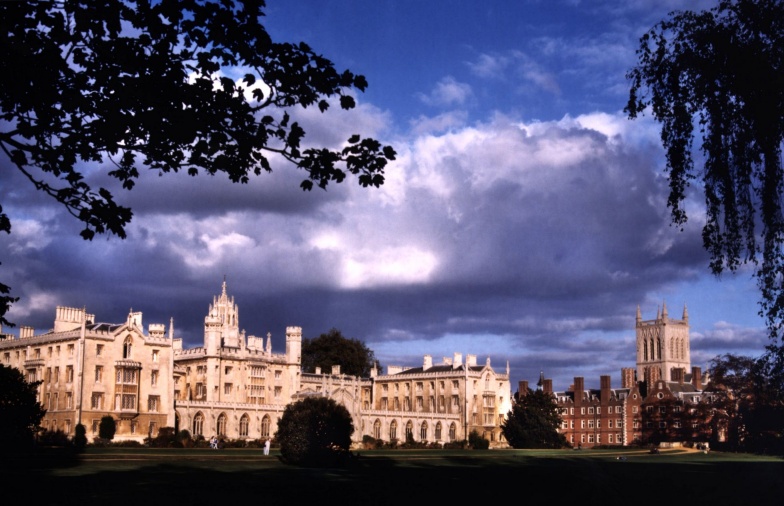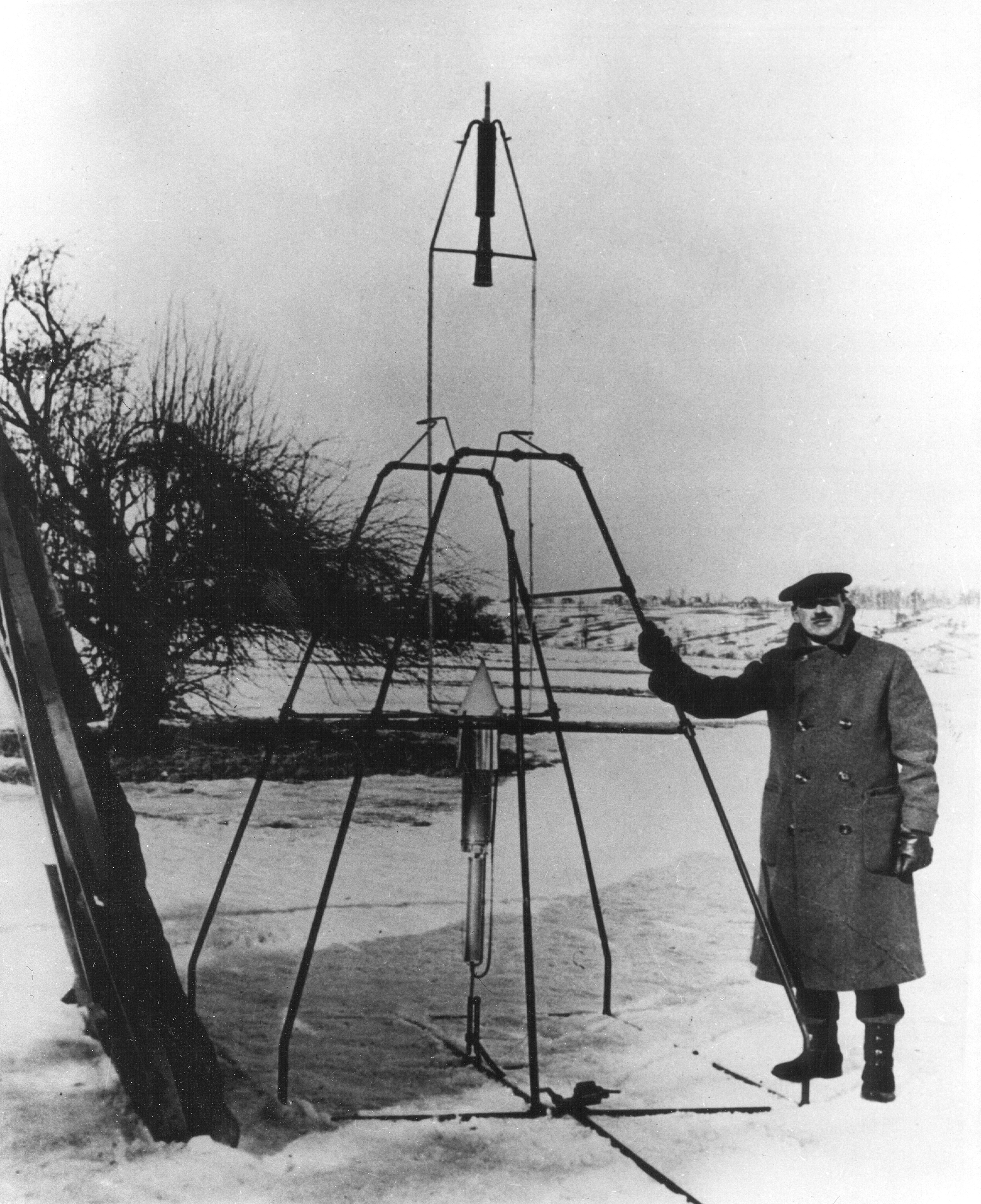|
Shirley C. Coryndon
Shirley Cameron Coryndon (1926–1976) was a British paleontologist and authority on fossil hippopotami. In the 1950s she studied paleontology with Donald MacInnes at the Museum of Nairobi. Coryndon was the paleontological assistant to Louis Leakey at the Centre for Prehistory and Paleontology. She also participated in excavations at Olduvai Gorge. She was previously married to Roger Coryndon, son of colonial administrator Robert Coryndon Sir Robert Thorne Coryndon, (2 April 1870 – 10 February 1925) was a British colonial administrator, a former secretary of Cecil Rhodes who became Governor of the colonies of Uganda (1918–1922) and Kenya (1922–1925). He was one of the most ..., and in 1969 she married British paleontologist R. J. G. Savage, whom she had met in Kenya in 1955. She is commemorated in the names of the fossil hippopotami '' Hexaprotodon coryndonae'' and '' Kenyapotamus coryndonae'', as well as the fossil bovine '' Ugandax coryndonae''. Books * * Refer ... [...More Info...] [...Related Items...] OR: [Wikipedia] [Google] [Baidu] |
Paleontologist
Paleontology, also spelled as palaeontology or palæontology, is the scientific study of the life of the past, mainly but not exclusively through the study of fossils. Paleontologists use fossils as a means to classify organisms, measure geologic time, and assess the interactions between prehistoric organisms and their natural environment. While paleontological observations are known from at least the 6th century BC, the foundation of paleontology as a science dates back to the work of Georges Cuvier in 1796. Cuvier demonstrated evidence for the concept of extinction and how life of the past was not necessarily the same as that of the present. The field developed rapidly over the course of the following decades, and the French word ''paléontologie'' was introduced for the study in 1822, which was derived from the Ancient Greek word for "ancient" and words describing relatedness and a field of study. Further advances in the field accompanied the work of Charles Darwin who popu ... [...More Info...] [...Related Items...] OR: [Wikipedia] [Google] [Baidu] |
Hippopotamidae
Hippopotamidae is a family of stout, naked-skinned, and semiaquatic artiodactyl mammals, possessing three-chambered stomachs and walking on four toes on each foot. While they resemble pigs physiologically, their closest living relatives are the cetaceans. They are formally referred to as hippopotamids. There are two living species of hippopotamid in two genera; the pygmy hippo, '' Choeropsis liberiensis'' of the forests of west Africa, and the common hippo, '' Hippopotamus amphibius''. The term ''hippopotamus'' can also be applied to hippopotamids in general, although it is most frequently used for the common hippo and its respective genus. Characteristics Hippopotamids are large mammals, with short, stumpy legs, and barrel-shaped bodies. They have large heads, with broad mouths, and nostrils placed at the top of their snouts. Like pigs, they have four toes, but unlike pigs, all of the toes are used in walking. Hippopotamids are unguligrade, although, unlike most other such ... [...More Info...] [...Related Items...] OR: [Wikipedia] [Google] [Baidu] |
Louis Leakey
Louis Seymour Bazett Leakey (7 August 1903 – 1 October 1972) was a Kenyan-British palaeoanthropologist and archaeologist whose work was important in demonstrating that humans evolved in Africa, particularly through discoveries made at Olduvai Gorge with his wife, fellow palaeoanthropologist Mary Leakey. Having established a programme of palaeoanthropological inquiry in eastern Africa, he also motivated many future generations to continue this scholarly work. Several members of the Leakey family became prominent scholars themselves. Another of Leakey's legacies stems from his role in fostering field research of primates in their natural habitats, which he saw as key to understanding human evolution. He personally focused on three female researchers, Jane Goodall, Dian Fossey, and Birutė Galdikas, calling them " The Trimates." Each went on to become an important scholar in the field of primatology. Leakey also encouraged and supported many other PhD candidates, most notabl ... [...More Info...] [...Related Items...] OR: [Wikipedia] [Google] [Baidu] |
Olduvai Gorge
The Olduvai Gorge or Oldupai Gorge in Tanzania is one of the most important paleoanthropology, paleoanthropological localities in the world; the many sites exposed by the gorge have proven invaluable in furthering understanding of early human evolution. A steep-sided ravine in the Great Rift Valley that stretches across East Africa, it is about 48 km long, and is located in the eastern Serengeti Plains within the Ngorongoro Conservation Area in the Olbalbal ward located in Ngorongoro District of Arusha Region, about from Laetoli, another important archaeological locality of early human occupation. The British/Kenyan paleoanthropologist-archeologist team of Mary Leakey, Mary and Louis Leakey established excavation and research programs at Olduvai Gorge that achieved great advances in human knowledge. The site is registered as one of the National Historic Sites of Tanzania. The gorge takes its name from the Maasai language, Maasai word ''oldupai'' which means "the place of the ... [...More Info...] [...Related Items...] OR: [Wikipedia] [Google] [Baidu] |
Robert Coryndon
Sir Robert Thorne Coryndon, (2 April 1870 – 10 February 1925) was a British colonial administrator, a former secretary of Cecil Rhodes who became Governor of the colonies of Uganda (1918–1922) and Kenya (1922–1925). He was one of the most powerful of colonial administrators of his day. Early years Robert Thorne Coryndon was born to English parents in Cape Colony, South Africa on 2 April 1870. He was educated at St. Andrew's College, Grahamstown, and at Cheltenham College in England. In 1889 he returned to South Africa to serve his articles as a lawyer with his uncles's firm, Caldecott and Bell of Kimberley. Unhappy with office work, after a few months he joined the Bechuanaland Border Police run by the British South Africa Company (BSAC) which Cecil Rhodes had formed in 1889. In 1890 he was a member of the Pioneer Force occupying Mashonaland. In 1893 and 1896 he served in campaigns in Matabeleland. In 1896 Coryndon was appointed private secretary to Cecil Rhodes, and s ... [...More Info...] [...Related Items...] OR: [Wikipedia] [Google] [Baidu] |
Hexaprotodon
''Hexaprotodon'' is an extinct genus of hippopotamid known from Asia and possibly Africa and Europe. The name ''Hexaprotodon'' means "six front teeth" as some of the fossil forms have three pairs of incisors.''Hexaprotodon'' The Paleobiology Database, läst 19 mars 2013. The was historically placed in the genus, but today is generally placed in its own genus. The core Asian members of the genus ranged from the Indian subcontinent to Southeast Asia, and are thought to have had an aquatic ecology similar to that of the living common hippopotamus. The last members of ... [...More Info...] [...Related Items...] OR: [Wikipedia] [Google] [Baidu] |
Kenyapotamus
''Kenyapotamus'' is a possible ancestor of living hippopotamuses that lived roughly 16 million to 8 million years ago during the Miocene epoch. Its name reflects that its fossils were first found in modern-day Kenya. Although little is known about ''Kenyapotamus'', its dental pattern bore similarities to that of the genus '' Xenohyus'', a European suid from the Early Miocene. This led some scientists to conclude that hippopotami were most closely related to modern peccaries and suids.Petronio, C. (1995): Note on the taxonomy of Pleistocene hippopotamuses. ''Ibex'' 3: 53-55PDF fulltext Recent molecular research has suggested that hippopotamuses are more closely related to cetaceans than to other artiodactyls. A morphological analysis of fossil artiodactyls and whales, which also included ''Kenyapotamus'', strongly supported a relationship between hippos and the anatomically similar family Anthracotheriidae. Two archaic whales (''Pakicetus ''Pakicetus'' (meaning 'whale f ... [...More Info...] [...Related Items...] OR: [Wikipedia] [Google] [Baidu] |
Geobios
Geobios is an academic journal published bimonthly by the publishing house Elsevier. Geobios is an international journal of paleontology, focusing on the areas of palaeobiology, palaeoecology, palaeobiogeography, stratigraphy and biogeochemistry. Geobios is indexed and abstracted in: Science Citation Index, ISI, Bulletin signalétique, PASCAL, Geo Abstracts, Biological Abstracts, The Geoscience Database, Referativnyi Zhurnal, SciSearch, Research Alert and Current Contents/Physical, Chemical & Earth Sciences. Description Articles are published only in English, following a standard peer-review process (usually involving 3 reviewers) supervised by an associate-editor through the journal's submission website. Articles are published both in print and in electronic format on the Geobios ScienceDirect website. History Geobios was first published in 1968 by the Claude Bernard University Lyon 1 Claude Bernard University Lyon 1 (, UCBL) is one of the three public universities of Lyo ... [...More Info...] [...Related Items...] OR: [Wikipedia] [Google] [Baidu] |
Ugandax
''Ugandax'' is an extinct genus of bovines in the subtribe Bubalina that lived from the Miocene to the Pleistocene of Africa. Cladistic analyses suggest ''Ugandax'' represents an ancestral form of the African buffalo, ''Syncerus ''Syncerus'' is a genus of African bovid that contains the living Cape buffalo ''(Syncerus caffer)'', including the distinct African forest buffalo The African forest buffalo (''Syncerus caffer nanus''), also known as the dwarf buffalo or the ...'', and teeth assigned to ''Ugandax'' represent the earliest appearance of bovines in Africa. References Bubalina Prehistoric bovids Miocene mammals of Africa Pliocene mammals of Africa Pleistocene mammals of Africa Fossil taxa described in 1970 Prehistoric Artiodactyla genera {{Paleo-eventoedungulate-stub ... [...More Info...] [...Related Items...] OR: [Wikipedia] [Google] [Baidu] |
British Palaeontologists
British may refer to: Peoples, culture, and language * British people, nationals or natives of the United Kingdom, British Overseas Territories and Crown Dependencies. * British national identity, the characteristics of British people and culture * British English, the English language as spoken and written in United Kingdom of Great Britain and Northern Ireland and, more broadly, throughout the British Isles * Celtic Britons, an ancient ethno-linguistic group * Brittonic languages, a branch of the Insular Celtic language family (formerly called British) ** Common Brittonic, an ancient language Other uses *People or things associated with: ** Great Britain, an island ** British Isles, an island group ** United Kingdom, a sovereign state ** British Empire, a historical global colonial empire ** Kingdom of Great Britain (1707–1800) ** United Kingdom of Great Britain and Ireland (1801–1922) * British Raj, colonial India under the British Empire * British Hong Kong, colonial H ... [...More Info...] [...Related Items...] OR: [Wikipedia] [Google] [Baidu] |
1926 Births
In Turkey, the year technically contained only 352 days. As Friday, December 18, 1926 ''(Julian Calendar)'' was followed by Saturday, January 1, 1927 '' (Gregorian Calendar)''. 13 days were dropped to make the switch. Turkey thus became the last country to officially adopt the Gregorian Calendar, which ended the 344-year calendrical switch around the world that took place in October, 1582 by virtue of the Papal Bull made by Pope Gregory XIII. Events January * January 3 – Theodoros Pangalos declares himself dictator in Greece. * January 8 **Ibn Saud is crowned ruler of the Kingdom of Hejaz. ** Crown Prince Nguyễn Phúc Vĩnh Thuy ascends the throne as Bảo Đại, the last monarch of the Nguyễn dynasty of the Kingdom of Vietnam. * January 16 – A British Broadcasting Company radio play by Ronald Knox about workers' revolution in London causes a panic among those who have not heard the preliminary announcement that it is a satire on broadcasting. * January 21 ... [...More Info...] [...Related Items...] OR: [Wikipedia] [Google] [Baidu] |





